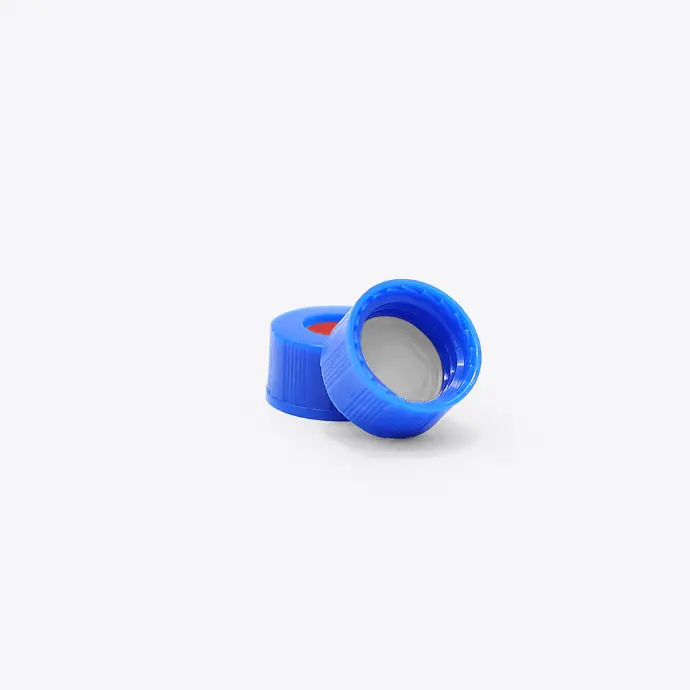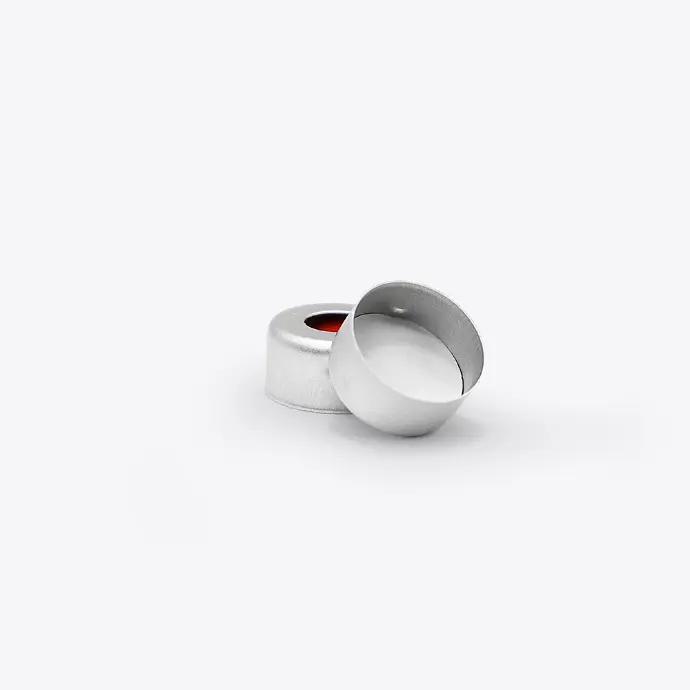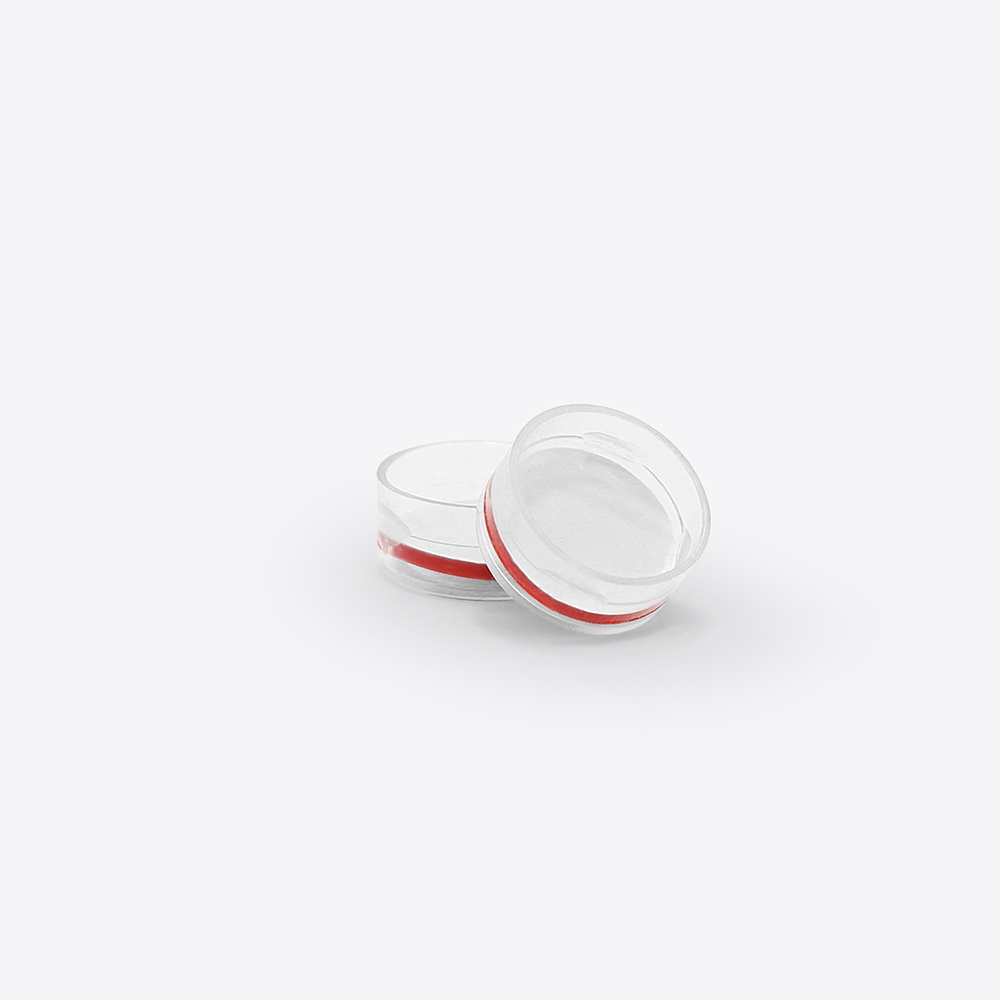Crimp vs. Screw Caps: Which is Better for Chromatography?
Your sample is the star of the show in High-Performance Liquid Chromatography (HPLC). Let’s be honest - if it’s not sealed properly, your results could be in trouble before you even start. The type of cap you choose to seal your vial might seem like a minor detail, but it plays a big role in keeping your sample safe and your analysis on track.
Crimp, screw, or snap caps - each has its own
strengths, quirks, and best uses. So, how do you decide which one is right for
your workflow? Let’s break it down and take a closer look at how these tiny
closures can make a big difference in protecting your sample and simplifying
your lab routine.
Sealing Properties: Ensuring Sample Integrity
At the end of the day, your cap’s main job is to seal the vial and protect your precious sample. But not all caps seal the same way, and each type - crimp, screw, and snap - has its own style of getting the job done. Here’s how they stack up:
- Crimp Caps are the seal-it-tight champions. By crimping a metal collar around the vial’s neck, they create the most secure, airtight closure you can get. This makes them perfect for locking in volatile samples or ensuring stability over long-term storage.
- Best for: When evaporation or contamination isn’t an option, like in headspace analysis or sensitive applications.
- Screw Caps are the go-to for everyday workflows. They use a simple threaded design to twist into place, offering a reliable seal that’s good enough for most HPLC applications. They’re also super convenient if you need to open and close the vial multiple times.
- Best for: Routine work with moderate sealing needs, or when easy vial access is a must.
- Snap Caps are all about speed and simplicity. They snap into place over the vial’s rim with a satisfying click. While they don’t offer the same airtight seal as crimp or screw caps, they’re quick, easy, and great for short-term use.
- Best for: Fast-paced workflows or stable, non-volatile samples where convenience matters more than an ultra-tight seal.
Usability: Making Life Easier in the Lab
Let’s face it: when you’re working in a busy lab, every second counts. The type of cap you choose can either streamline your workflow or slow you down. Here’s a look at how crimp, screw, and snap caps handle the pressure when it comes to usability:
- Crimp Caps
- Advantages: Crimp caps offer a lot of consistency, especially if you’re using a crimping tool. Automated crimpers take it to the next level, making the process faster and more uniform.
- Drawbacks: You need pliers, and manual crimping can be a bit of a workout - and if it’s not done just right, you might end up with inconsistent seals. Plus, once you crimp a cap, reopening it usually damages the cap, so you’ll need a new one.
- Screw Caps
- Advantages: Screw caps are the ultimate in convenience. No tools required - just twist them on and off! They’re great if you need to access your sample multiple times or reseal the vial.
- Drawbacks: The trade-off for simplicity is precision. Over-tighten, and you risk damaging the cap; under-tighten, and the seal might not hold. Plus, constant resealing can wear them out over time.
- Snap Caps
- Advantages: Snap caps are all about speed. Just push them into place - no tools, no hassle. They’re perfect for labs that need quick and easy sealing, especially in high-throughput workflows.
- Drawbacks: The quick fit isn’t as secure as crimp or screw caps, which means snap caps are less effective at preventing evaporation or contamination - especially with volatile samples.
Compatibility: Finding the Perfect Match for Your Lab
Your cap choice isn’t just about sealing - it’s also about making sure it works seamlessly with your instrument and fits your workflow like a glove. Here’s how crimp, screw, and snap caps stack up when it comes to compatibility:
- Crimp Caps
- Compatibility: Crimp caps are designed specifically for crimp-top vials, which makes them a great fit for many automated systems. They’re especially well-suited for glass vials, offering a strong and secure seal.
- Limitations: Crimp caps require a crimping tool for application, which can add an extra step to your workflow. Improper crimping technique—whether too loose or too tight—can result in inconsistent seals, potentially compromising sample integrity.
- Screw Caps
- Compatibility: Screw caps are the multitaskers of the group. They work with a variety of autosamplers and pair well with both glass and plastic vials, making them a versatile option for most labs.
- Limitations: While screw caps are reliable for standard analyses, they might not provide the airtight seal needed for headspace analysis or handling volatile samples.
- Snap Caps
- Compatibility: Snap caps are designed for snap-ring vials, which are often compatible with autosamplers that also support crimp and screw-top vials. This makes them a flexible choice for certain workflows.
- Limitations: Their lighter seal means they’re not ideal for volatile compounds or samples that need long-term storage. And as with crimp caps, make sure your autosampler is snap-ring compatible before you commit.
When Should You Choose Crimp, Screw, or Snap Caps?
Not sure which cap type is right for your needs? Here’s a quick guide to help you decide:
Go with Crimp Caps if:
- Your samples are highly volatile, or you need to store them for long periods.
- You can’t compromise on a super-tight, airtight seal - think headspace GC or ultra-sensitive LC-MS/MS applications.
Pick Screw Caps if:
- You want quick and easy vial access, with the ability to reseal when needed.
- Flexibility is key, and you need compatibility with a variety of autosamplers and workflows.
Choose Snap Caps if:
- Your samples are non-volatile, and you want a hassle-free, speedy sealing process.
- Time is of the essence, like in high-throughput workflows or short-term analyses.
Making the Right Choice: The Bottom Line
Choosing the right cap might seem like a small decision, but it can make a big difference in your results and workflow. Here’s a quick recap:
- Crimp Caps: Your best bet for a super-tight seal, long-term storage, or volatile samples that need maximum protection.
- Screw Caps: Perfect for routine work where flexibility and easy vial access are key.
- Snap Caps: Ideal for fast-paced workflows with non-volatile samples, especially when speed and convenience matter most.
By weighing the strengths and limitations of each option, you can make sure your samples are protected and your workflow stays efficient - right down to the cap you choose.
If you want to protect your samples and improve your HPLC’s performance, check out our brand-new KNAUER originals HPLC Vials
For further information on this topic, don't hesitate to get in touch with our author:
Dr. Jakob Große-Leppkes




